Part 3: Our Last Glimpses of North Korea and Further Reflections from the DMZ
Our trip to the DMZ was nothing short of fascinating, but maybe not as much for all the reasons I had expected. Every time I had talked to my mom for the month leading up to the trip, she anxiously warned me to “stay as far away from North Korea as possible. They snatch people and never let them go!” Western media paints a very scary picture of nuclear North Korea led by a dictator that just might be crazy enough to end the world, or at least launch WWIII. Yet, at the end of the day, I left feeling like I had been granted a unique opportunity to both brush shoulders with the enemy and simultaneously play a role in the absurdities that blur the lines between conflict and drama, reality and propaganda, between the two Koreas. Having lived in two mega-tourist cities my entire life, I’m no stranger to attractions. The experience at the DMZ, especially that at the JSA, felt uncannily familiar to the Sea Lion and Otter show at SeaWorld. A few times a day, throngs of people are ushered in, take their places and watch man and animal charade around on a set. The mimes do things to make you feel uncomfortable, even slightly threatened, all in the name of good, clean fun.
Is this to say that the conflict between North and South Korea is merely a joke? Absolutely not. But perhaps the proportions, or at least perceptions we have applied to it, are a bit far from reality. I am not suggesting that we underestimate the danger of North Korea’s nuclear-weapons program. Nor am I suggesting that the loss of 46 South Koreans in the Cheonan sinking was no big deal. I am not downplaying the brutality from which two US soldiers lost their lives in the Axe Murder Incident. Nor the loss of limbs suffered by the two Southern soldiers by North-planted landlines just a few days prior to our visit. Not to mention, the families that have been sliced in two by this border and are no longer able to spend holidays together, celebrate milestones or even grieve each others’ passings. Least we forget, North Korea is a very poor nation, full of citizens suffering to varying degrees under the oppression of the 3rd generation dictator Kim Jong Un. They are cast as the most isolated country in the world, yet we learned that in a mere 24 hours after airing in the South, they are watching K-drama episodes by way of pirated discs from China (which our tour guide seemed to think may actually contribute to the possibility of reunification in his lifetime). I did struggle, however, to differentiate the peacocking from reality both as it played out around us at the DMZ and also as tensions escalated in the week that followed between the two countries as they postured and threatened and of impending attacks.
Someone asked me to write about how the Korean conflict impacts the day-to-day lives of those on the peninsula. My visit to the DMZ certainly does not make me an expert of any sort, nor does it even give me the ability to make much of any sort of commentary on the state of affairs north of the border. I only saw a few North Koreans standing by a curb and on the balcony of a building. But I was also reminded that they are real people too, not just a political identity that we can paint with a broad stroke. People with a full spectrum of emotions just like you and me. People that love, laugh, cry, long and have intelligent thoughts. They may be isolated and have a controlled information flow by their government, but they aren’t stupid or entirely oblivious. As their exposure and contact to the outside world increases, it will be interesting to see how they respond to their leader. One thing this visit did give me was a better working knowledge of the ongoing Korean conflict than my public school education ever afforded me. It deepend my appreciation for the war in which my father served and it no longer seemed insignificant in my cognitive map of the world. It added layers of understanding through which I will view future events that take place in Korea and will certainly make them significantly more interesting to me.
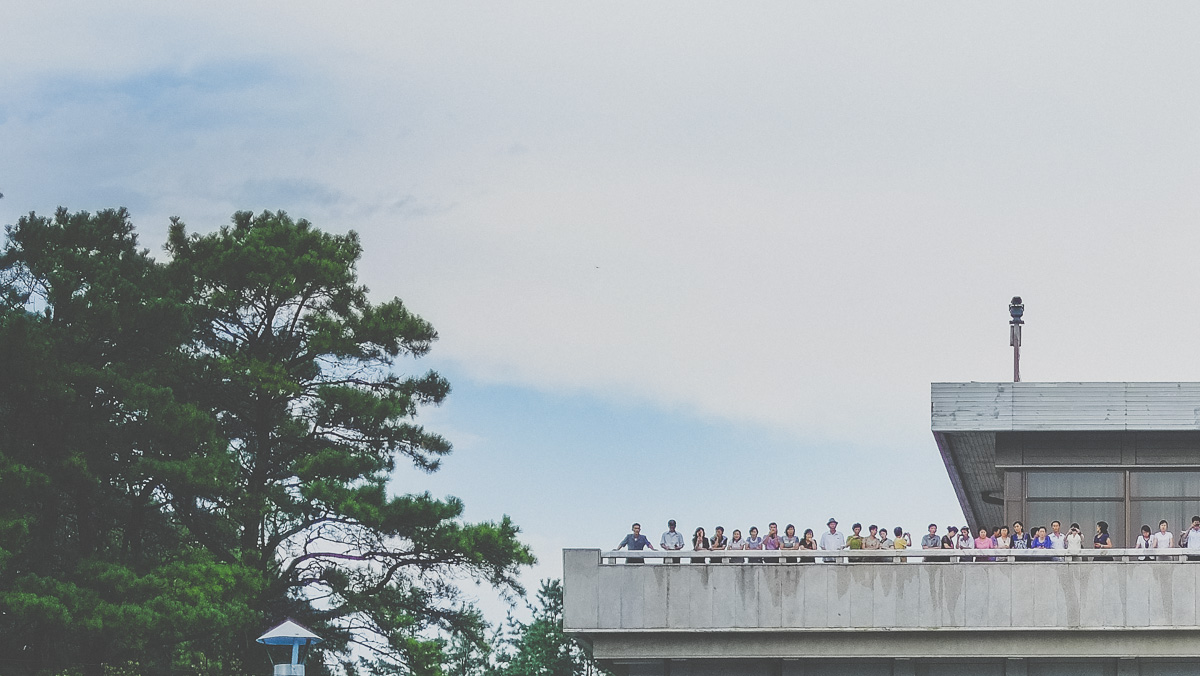
Our Northern counterparts that day—assumedly all or mostly North Koreans visiting the DMZ from across the line.
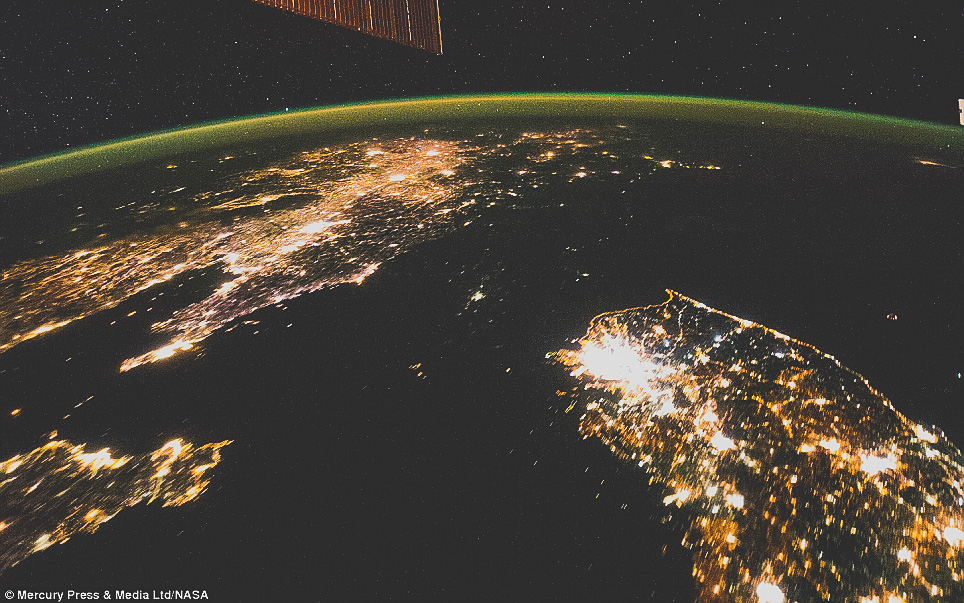
The image, taken from the International Space Station earlier this year, shows North Korea as a swathe of dark ground between China in the north and South Korea. It also perfectly illustrates how South Korea functions as a political island, as there is next to no passage by way of North Korea to the Asian mainland. Photo Credit: Mercury Press/NASA
As we headed back to Seoul retracing our path out of the DMZ, we again noted the barbed wire and observation points that lined the river. The Han, which cuts through Seoul, is fed by two smaller rivers, one of which coming from North Korea. Because of this, there is significant security along the bank of the Imjin River to keep the North from invading and eventually ending up in Seoul. Sometimes a fisherman is found drifting down the river, and he is given the option to stay in the South or return home. Perhaps cruely, he is taken through Seoul first, exposed to the bustling modern and democratic society, before having to make his decision. Typically his hand is forced by the Northern Korean government as his family’s life is often on the line should he choose to stay in the South. Sometimes, despite this threat, he will still choose to stay.
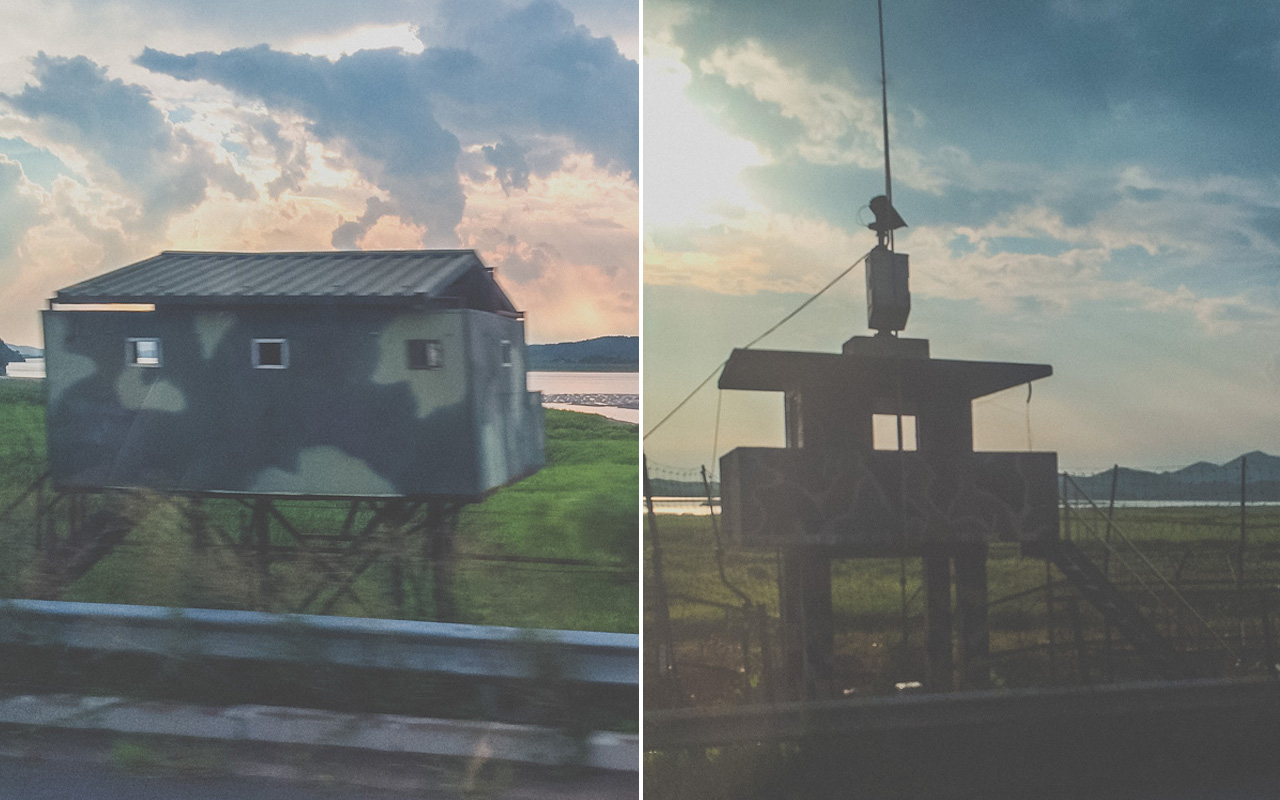
Observation towers dot the bank of the Han River. While driving, only a few seconds pass between towers.
Most of the group dozed off as we traveled through the relatively deserted stretches of road back toward the bustling modern civilisation that is Seoul, where we were brought to a slow crawl by the rush hour traffic. The sun set in spectacular fashion over the Han and the skyscrapers glistened and gleamed. We thanked our bus driver and tour guide, and took an obligatory “we survived North Korea” selfie at the USO office. Back on the subway, we were surrounded by a culture perhaps more connected than any other in the world—each person with their phones in their hands and their eyes intently glued to the screen. It was here that I was most struck by the (reported, as I admittedly didn’t see them face-to-face) differences in lifestyles between those north and south of the border. I had just returned from a war zone on pause, the boundary of free-flowing information and reentered a carefree society obsessed with cute and communication. The disconnect was immense.
I asked several South Koreans with whom we had contact if they were hopeful of a reunification in the near future. Most seemed completely ambivalent, or even moderately against the concept. The most common answer was, “South Koreans don’t really care,” seconded by “South Koreans don’t really want it.” Why? Because North Korea is too poor and it would, at least temporarily, severely weaken the South Korean economy. Of course, I’m sure that this question would command a very different answer from those who have families over the line or interests in the North. But for the majority, life goes on in South Korea with very little concern of what is happening with their former compatriots.
Of course, I’m sure that this question would command a very different answer from those who have families over the line or interests in the North. But for the majority, life goes on in South Korea with very little concern of what is happening with their former compatriots.
As a westerner, we expected to see much more of evidence of a Northern threat than we did in reality. We often mis-judged things to be a result of the conflict, when in actuality the reasoning was quite simple (for example, we thought the lack of public trashcans was to prevent bomb threats, but really, they just don’t have a robust garbage collection system and everything has to be sorted into 5-6 categories. Paying public workers to do a lot of hand-sorting is expensive.).
In the end, I learned, as usual, that the situation is rich with history, complexity and—perhaps most of all—caricatures. Some of these caricatures are painted by the western media that either doesn’t take the time to delve into these inherent complexities, or would just rather sensationalize a story for higher ratings. In a strange twist of irony, we criticize North Korean dictators for describing the outside world with propaganda, yet we have a propagandised impression of them ourselves. And therein lies the responsibility of each global citizen: to sift through the spins, hype and misinformation to truly understand the world in which we live and the people with whom we share these moments in history.
And therein lies the responsibility of each global citizen: to sift through the spins, hype and misinformation to truly understand the world in which we live and the people with whom we share these moments in history.
Read Part 1 The Journey to the Joint Security Area
Read Part 2 The JSA, The Space between Political Charades and Tragedy

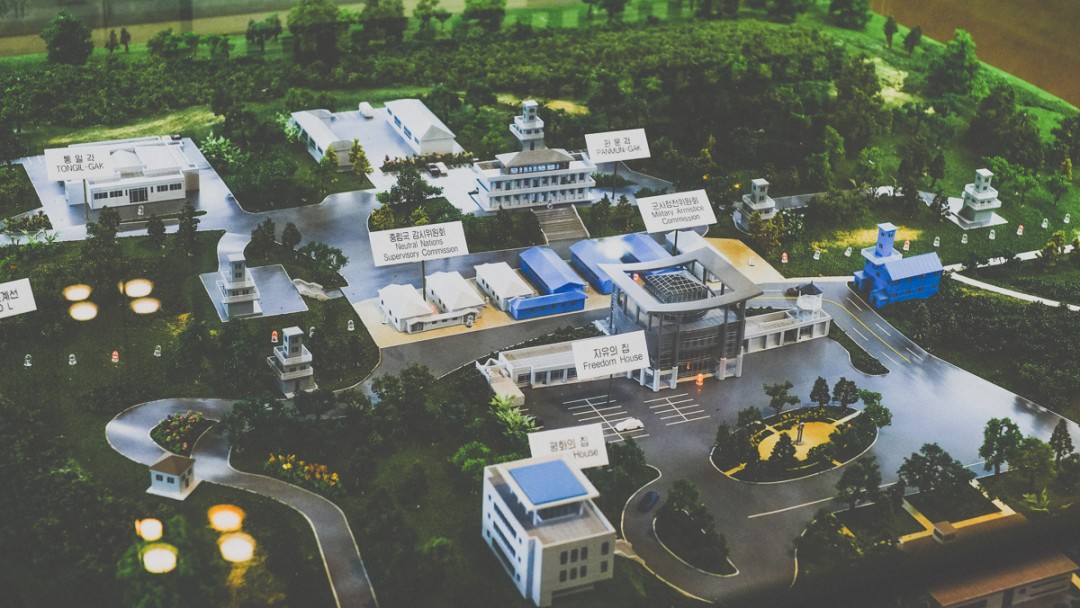
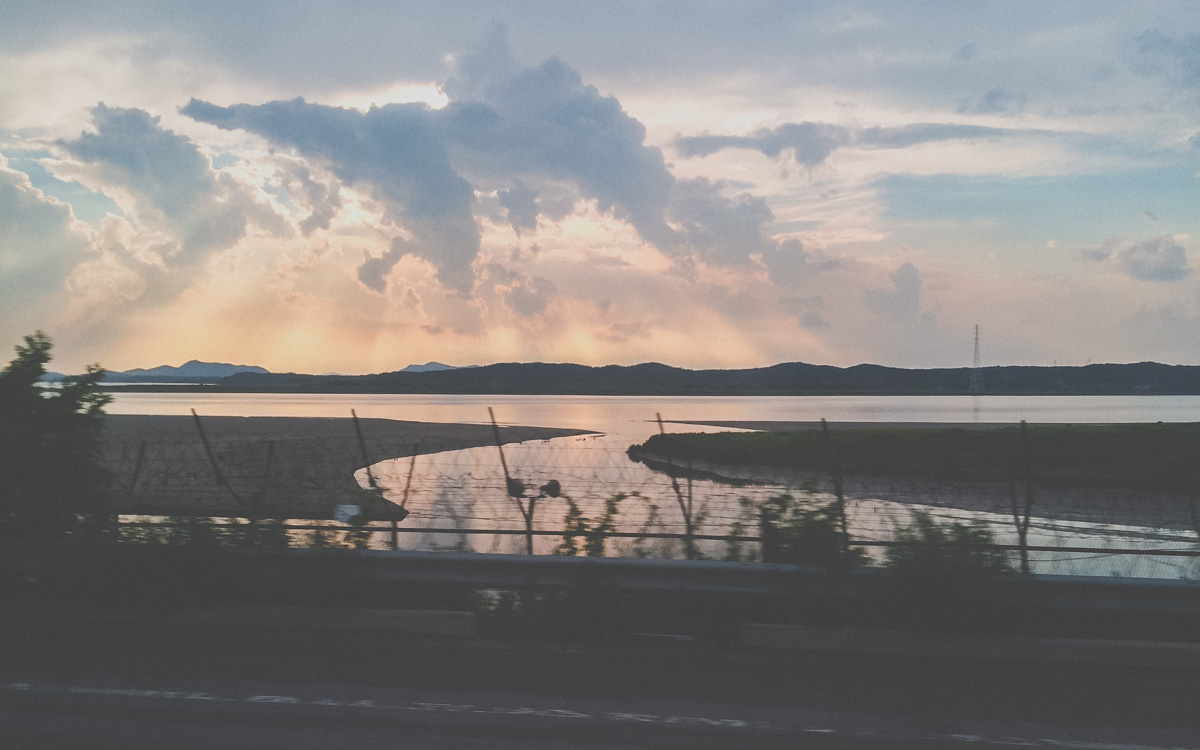
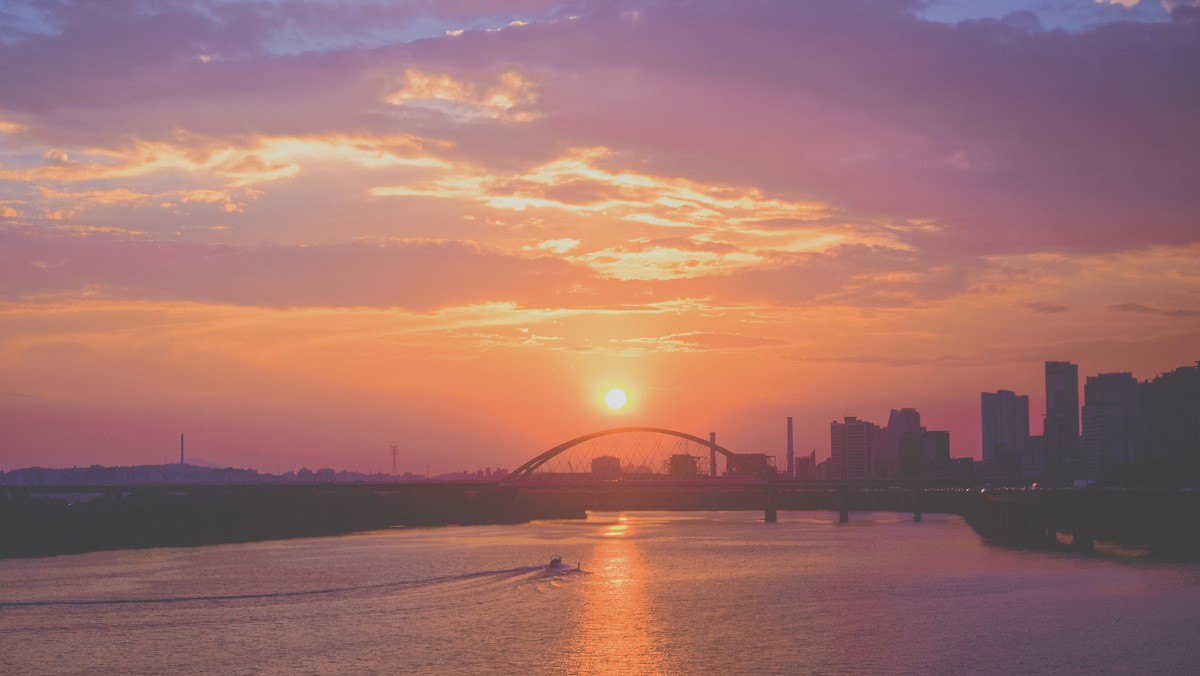

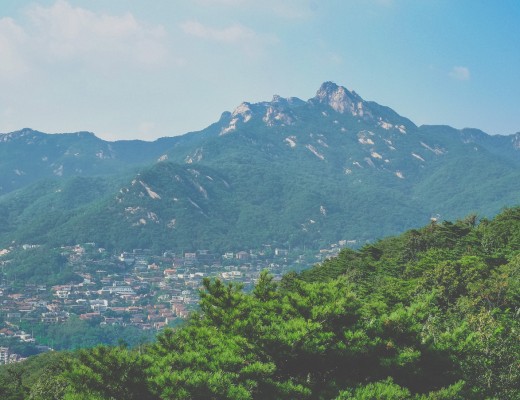
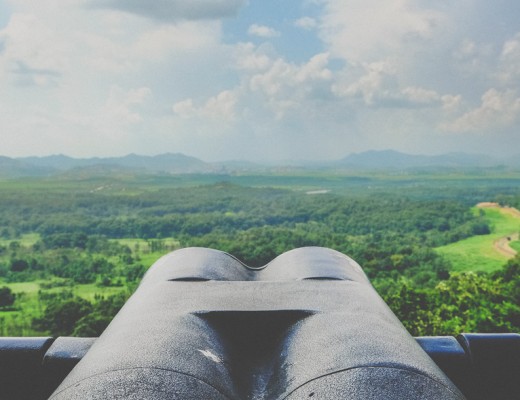
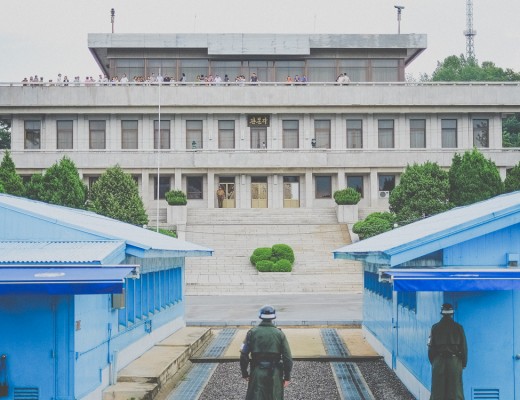
1 Comment
homeschooling
October 2, 2017 at 7:47 amGreat post.